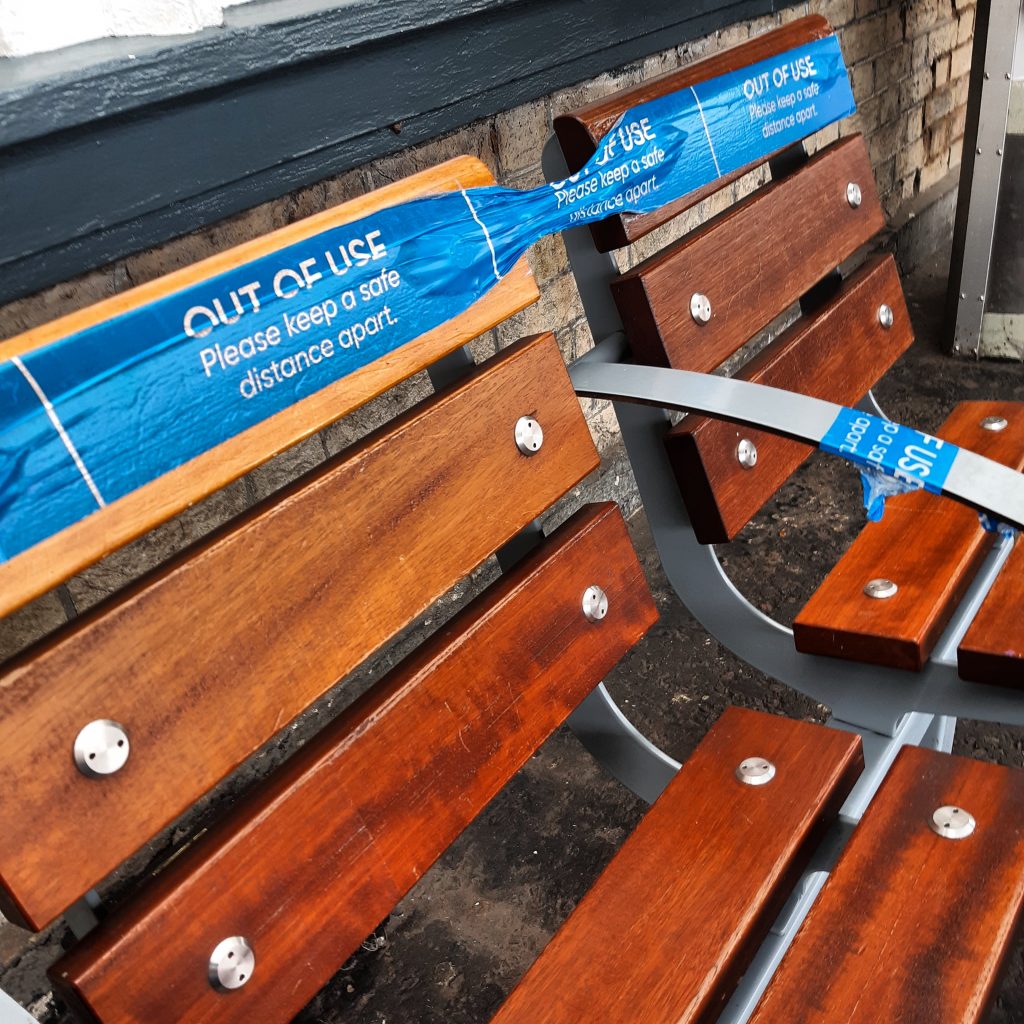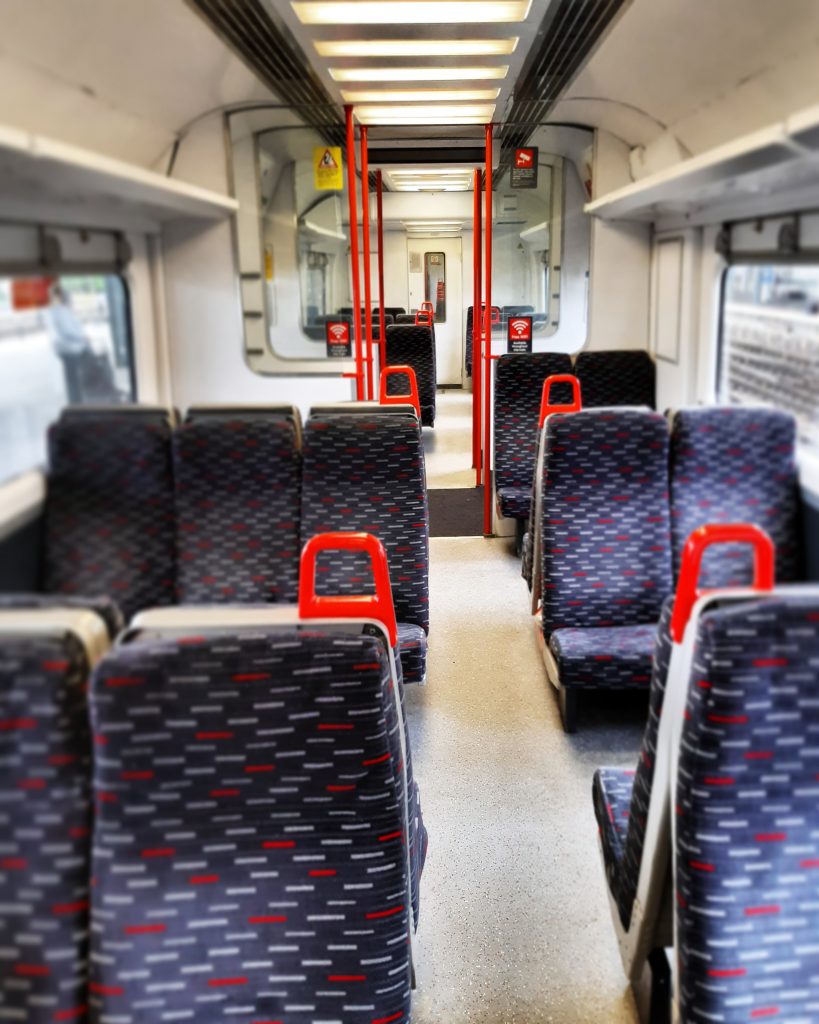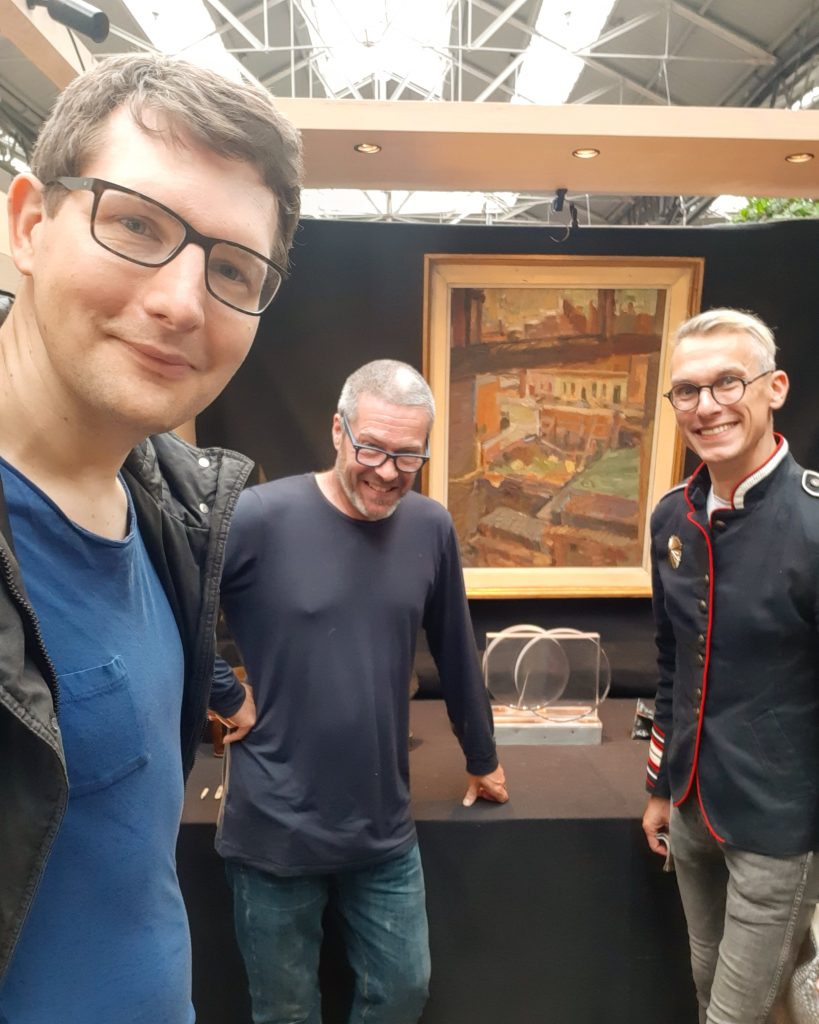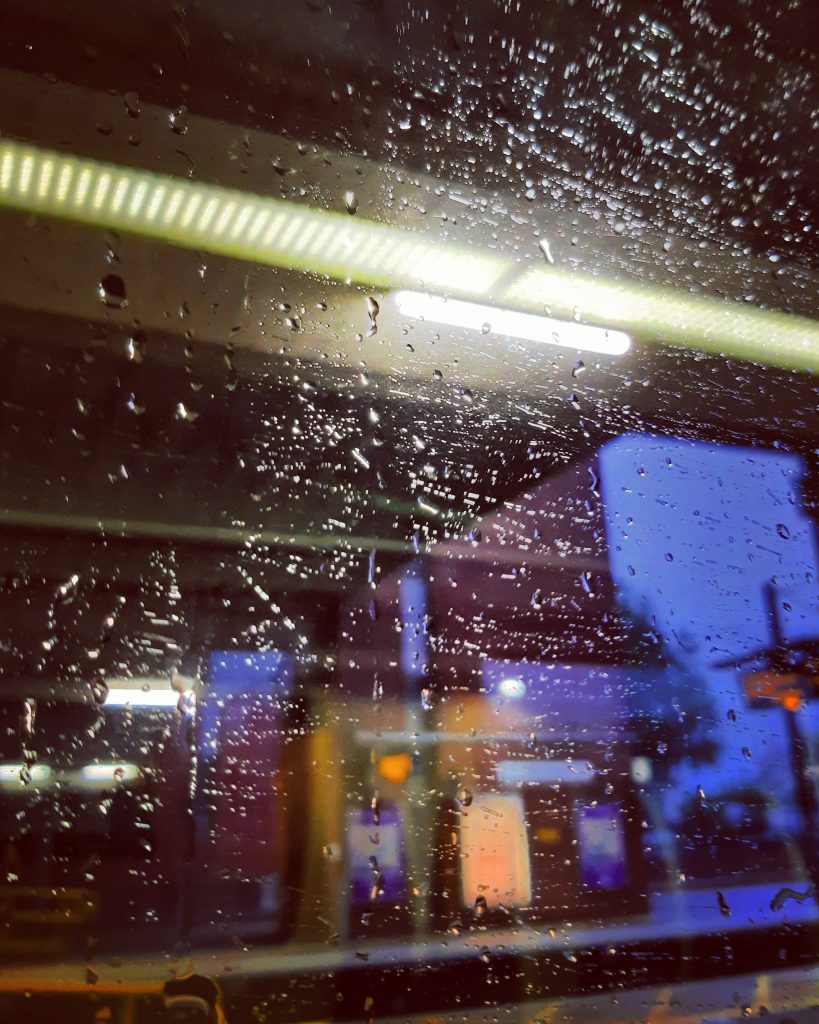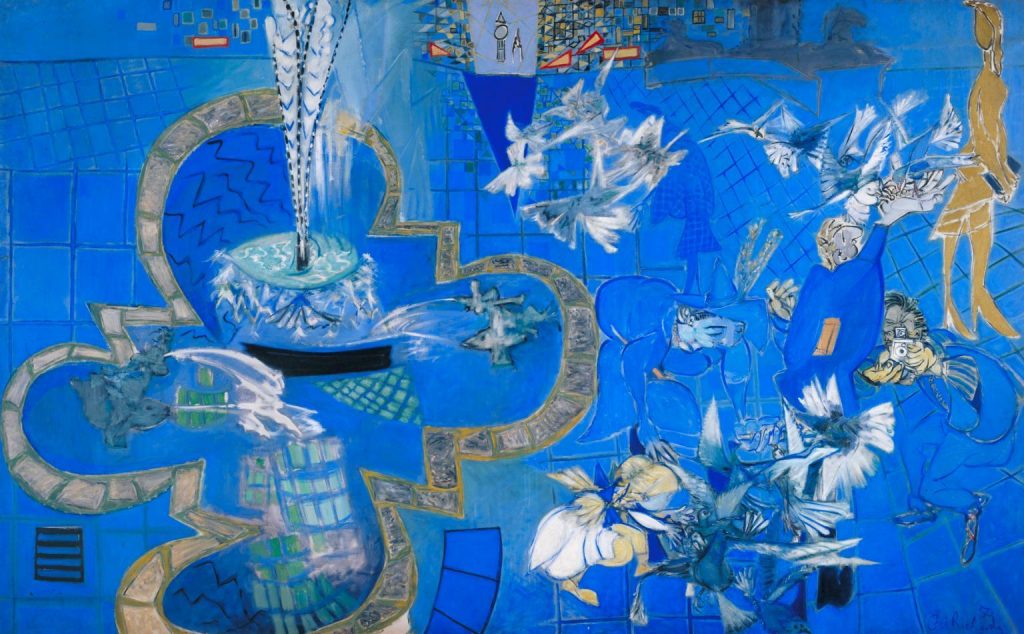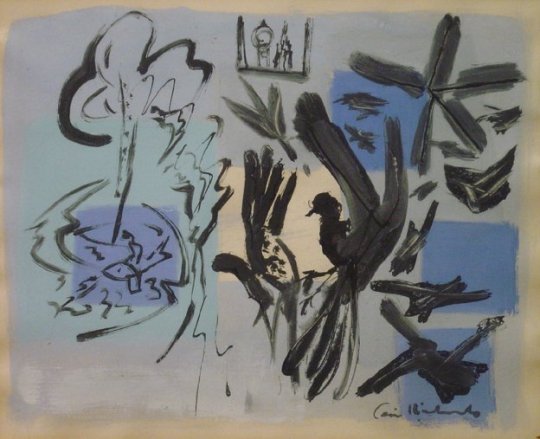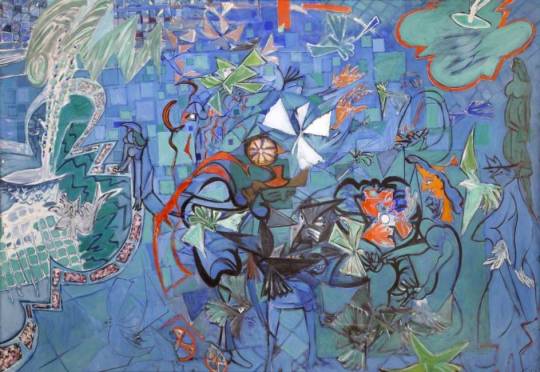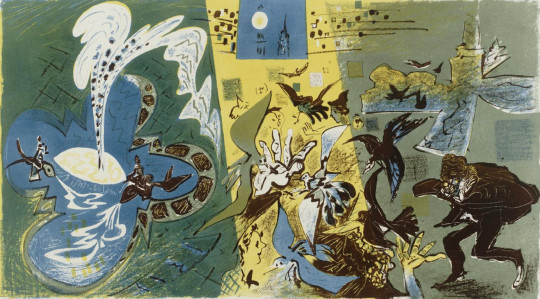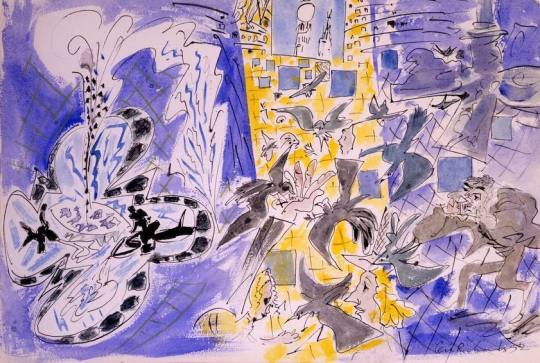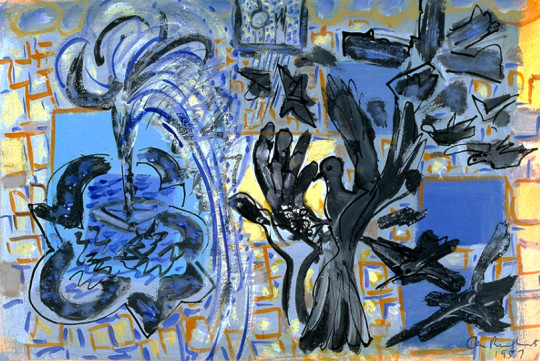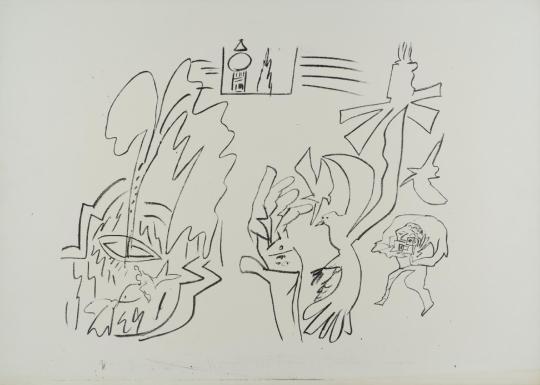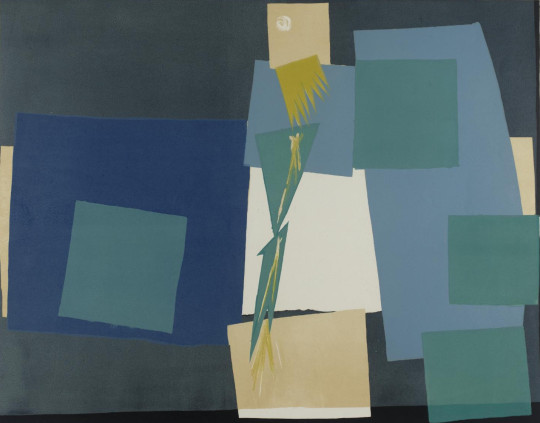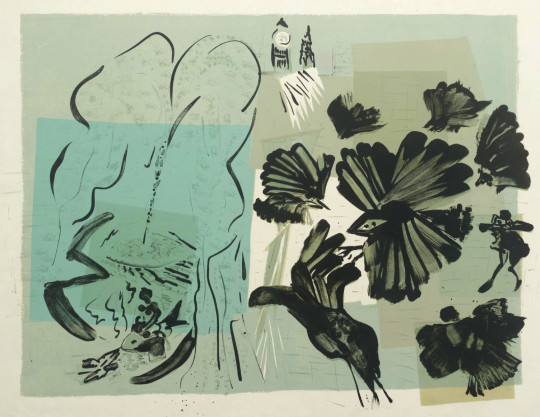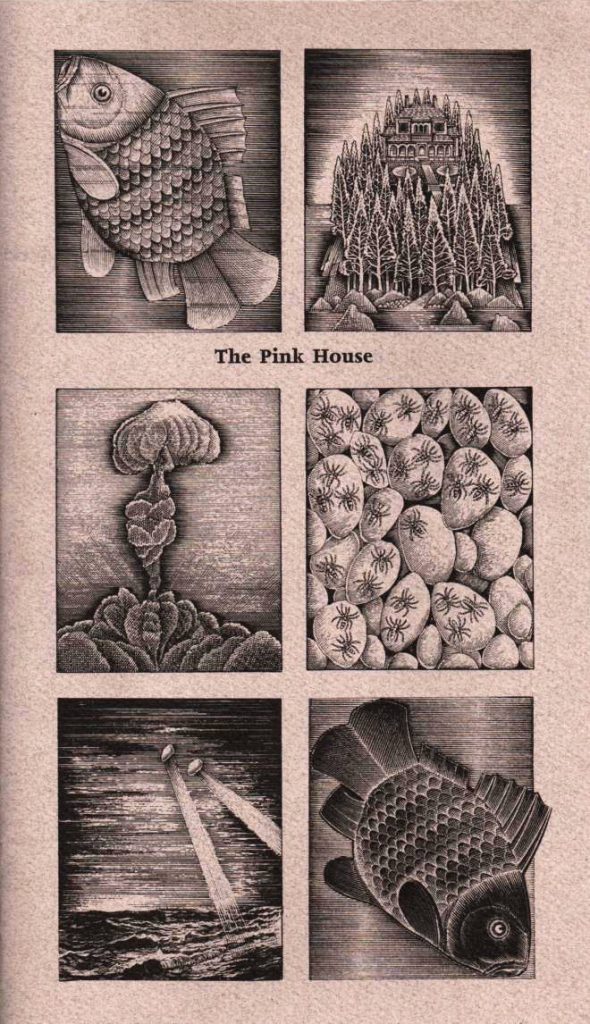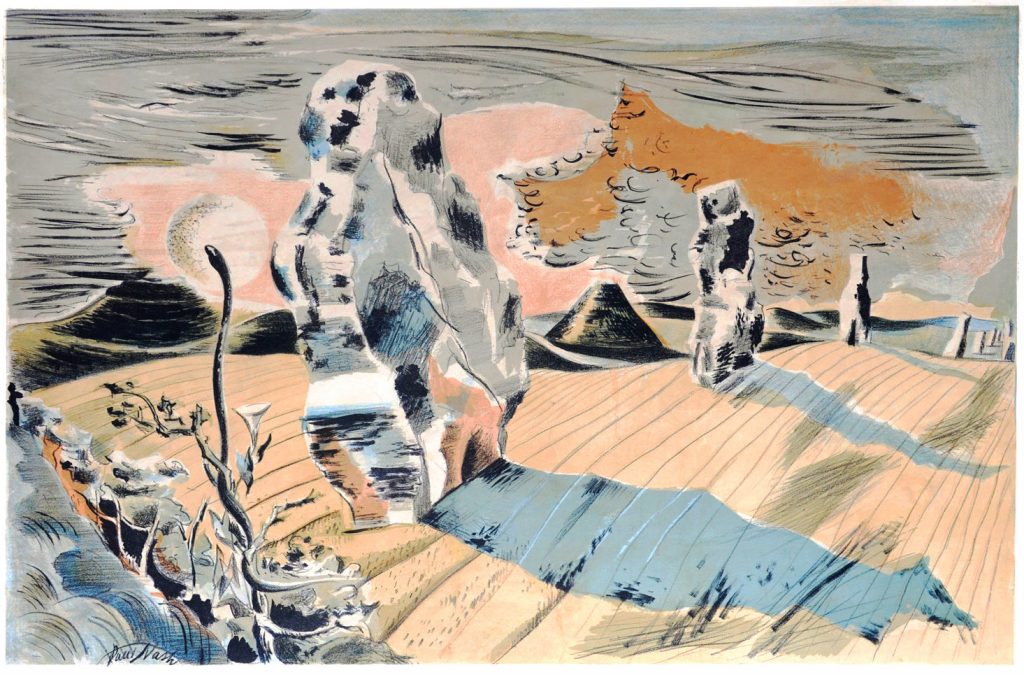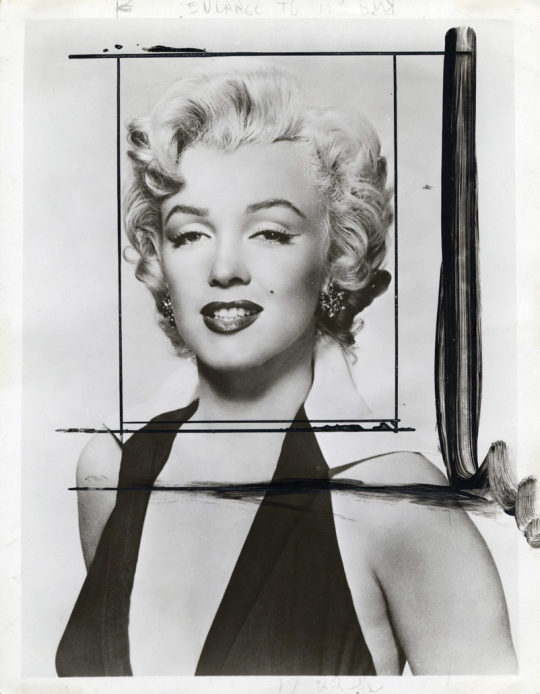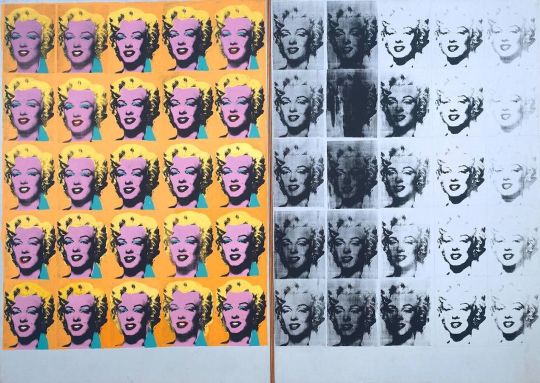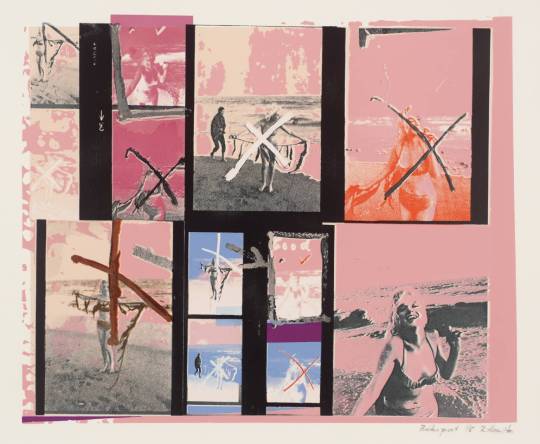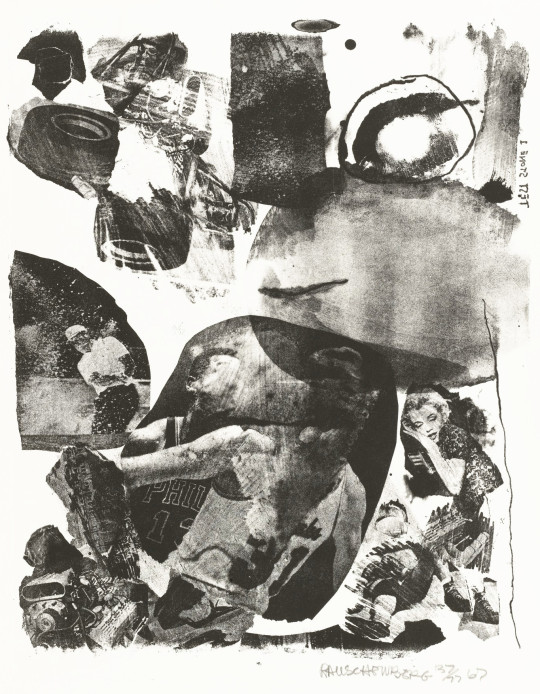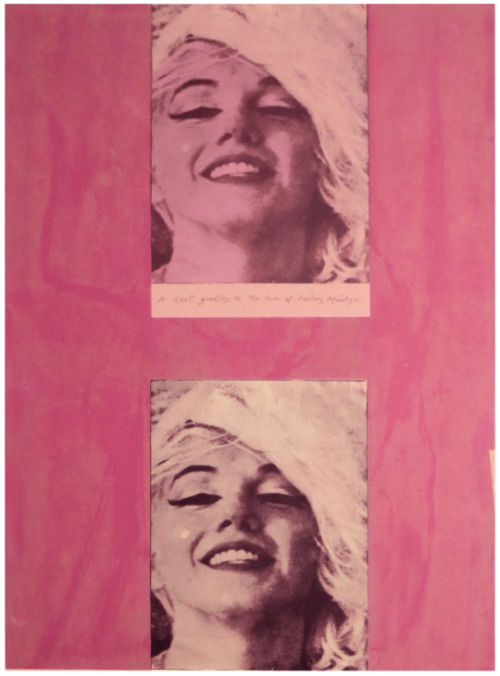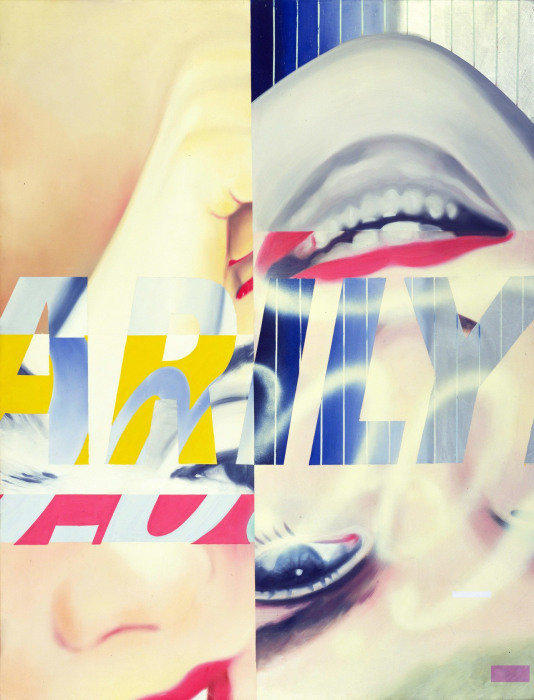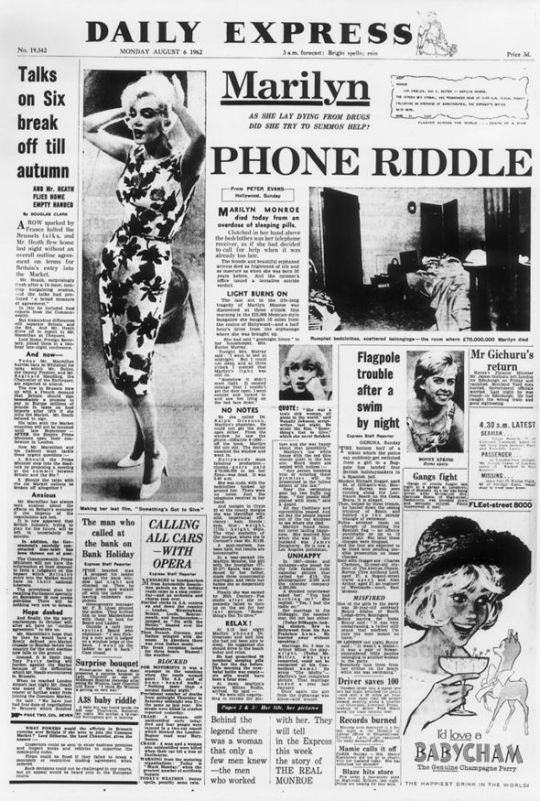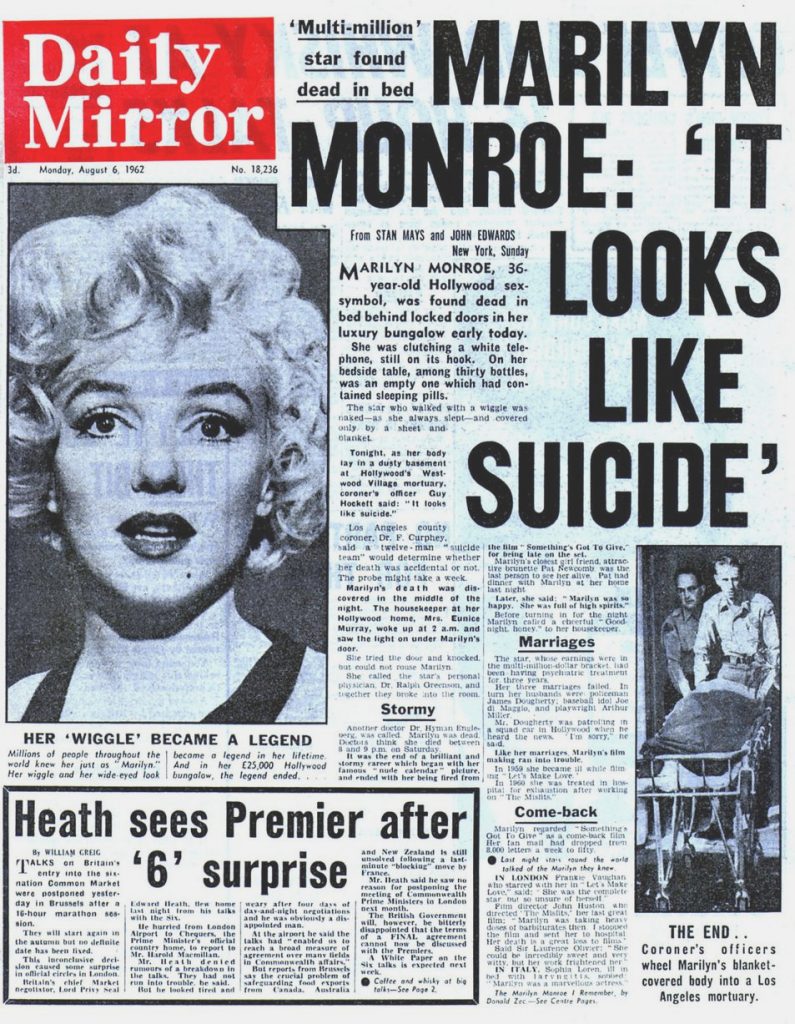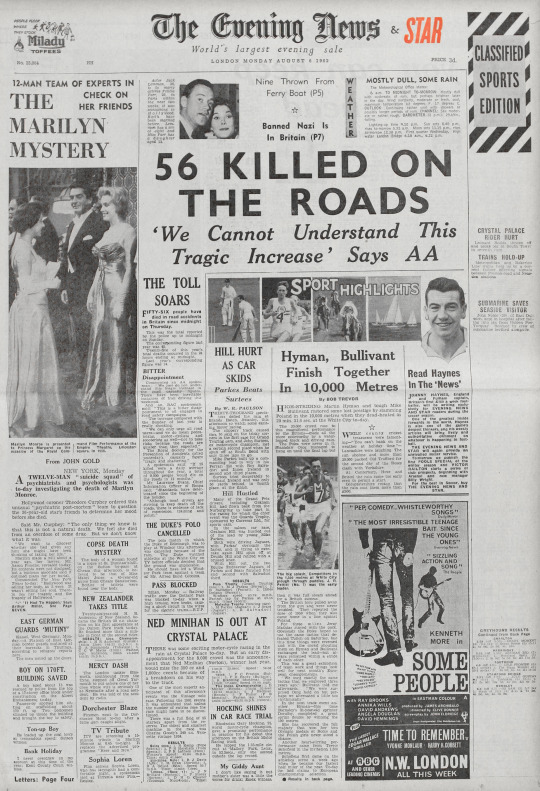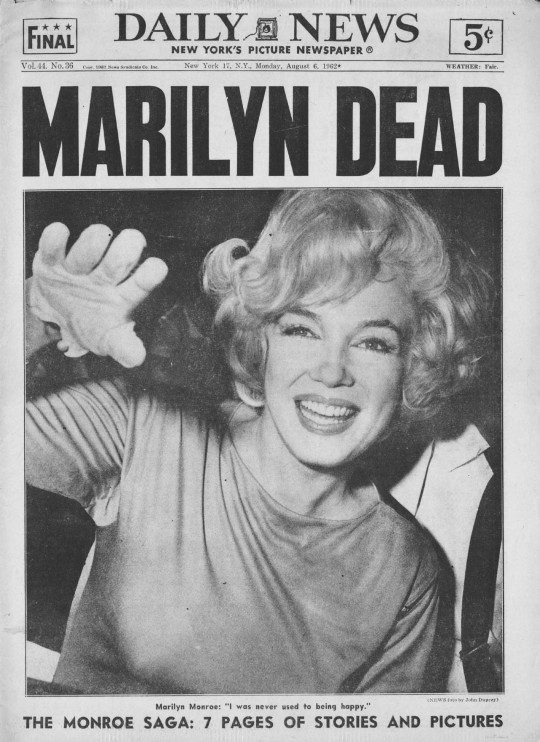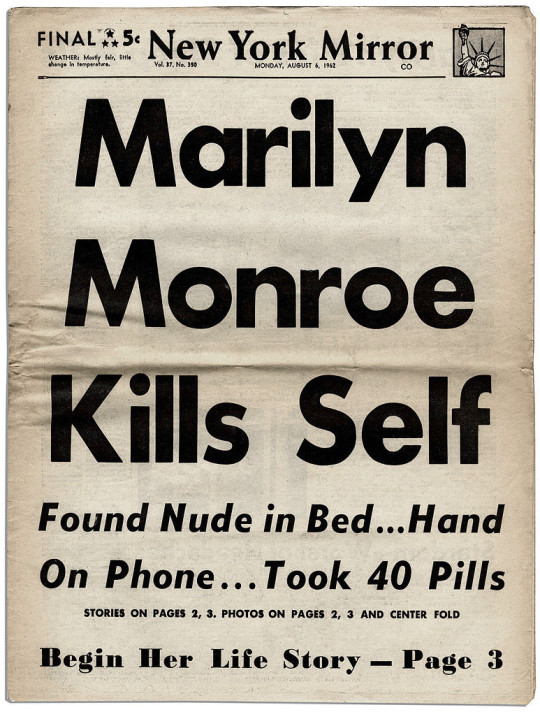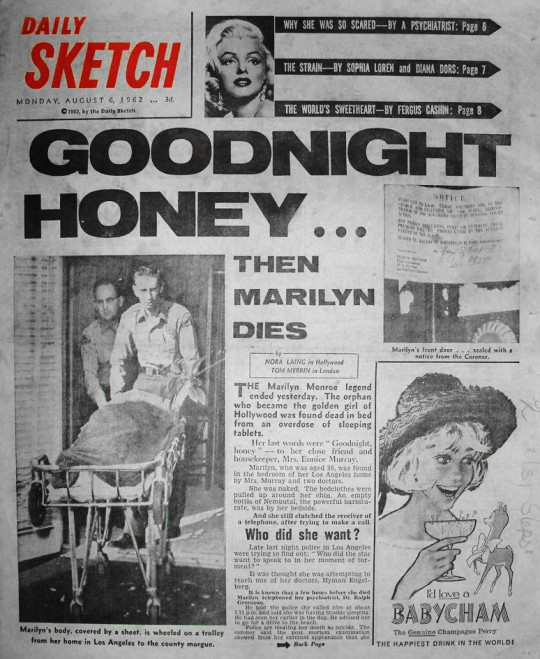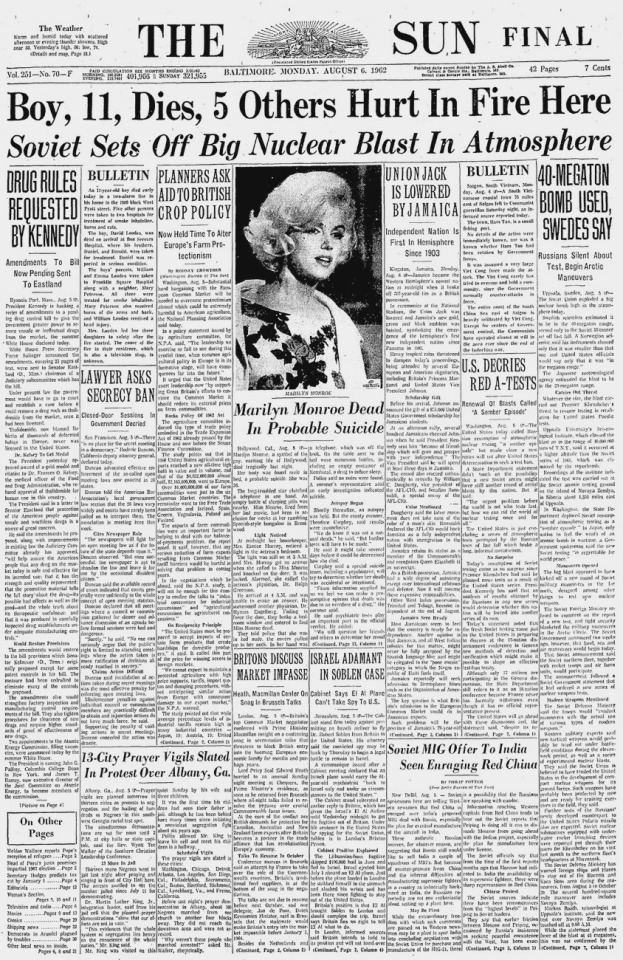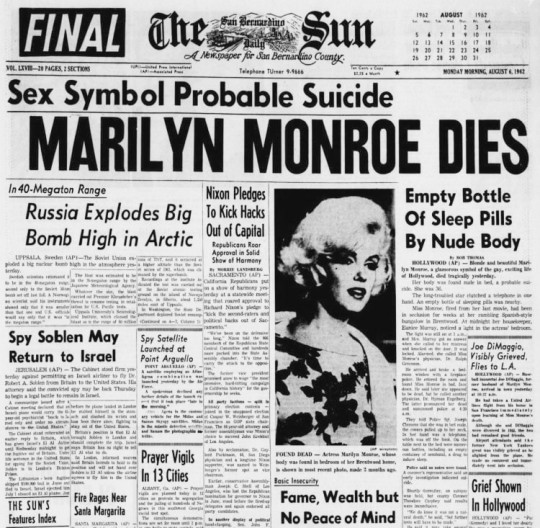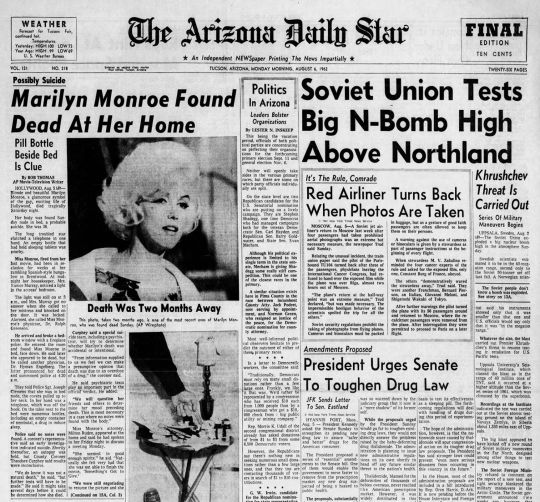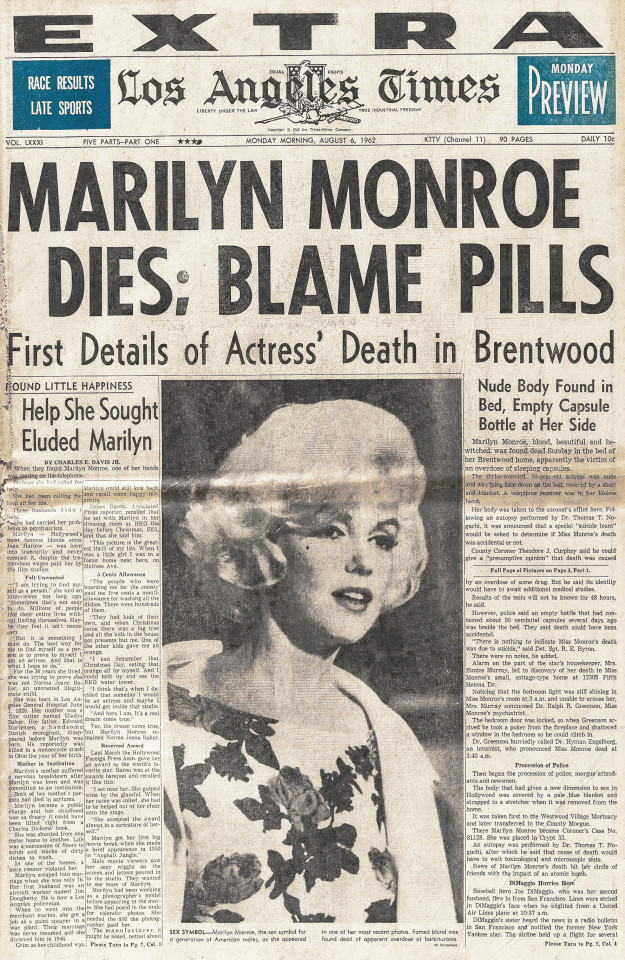This is a post about the back of Brick House, the home of Edward Bawden in Great Bardfield. It is an odd thing but many artists ended up painting the back of Bawden’s house more than the front. One would guess they were painted during parties or over weekends.
Edward Bawden and Eric Ravilious were young artists, they met as students at the Royal College of Art, London, in 1922. Bawden and Ravilious moved into Essex in 1925, Cycling around the area they came across Brick House, Great Bardfield where they rented rooms from Mrs Kinnear, a retired ship-stewardess, for weekends away from London.
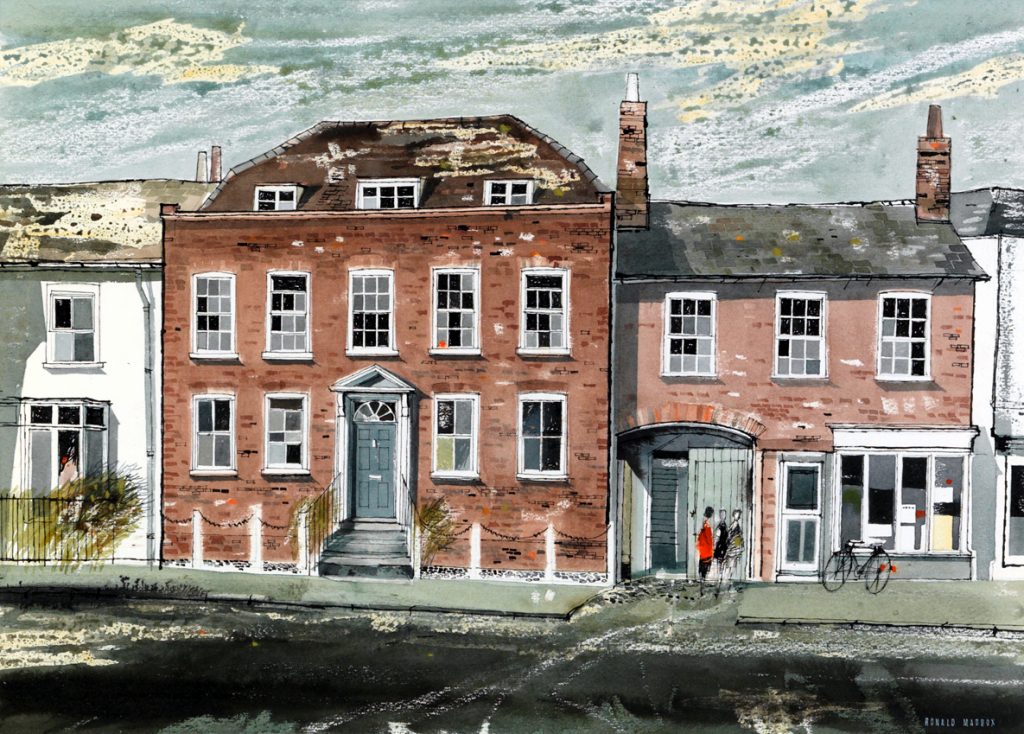
Ronald Maddox – Brick House, 1960
Brick House is an early 18th Century red brick house with two floors and windowed attics. The property had two staircases, so when the house was rented it was divided into two parts with a shared kitchen and scullery. It had been the home of a carriage maker, a girls school, and a coffin maker in it’s past. Mrs Kinnear rented rooms but lived her with two daughters and her dog.
When Edward Bawden married Charlotte Epton in 1932, Edward’s father bought them Brick House as a wedding gift and Charlotte’s father, who was a solicitor took care of the paperwork.
The first picture here, by Eric Ravilious is painted from the top of the house. At this time the roof was being repaired and retiled as it was in poor condition after purchase. Edward and Eric both climbed up the ladders to the roof to paint the view, you can see more of the guttering to the right of the picture below than you could from the view of Edward’s studio.
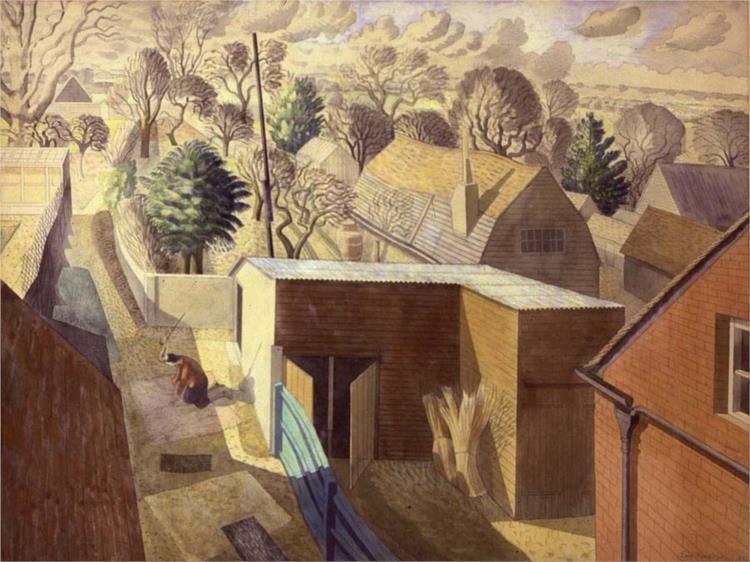
Eric Ravilious – Prospect from an Attic, 1932
The picture below by Bawden shows the roof being repaired by Elisha Parker and Eric Townsend and their ladder to the roof. Even though the house was sold, Mrs Kinnear (the old landlady) had left all her possessions in the building while she took up a Housekeeper post in the New Forest. Charlotte managed to arrange that the possessions would be stored in the Village Hall and with the help of Mrs Townsend (Eric’s mother, who was also the washer woman) she moved them out of the house. While the roof was repaired Charlotte Bawden cleaned and fumigated the rooms prior to them being decorated.
You can see Elisha and Eric on the roof below.
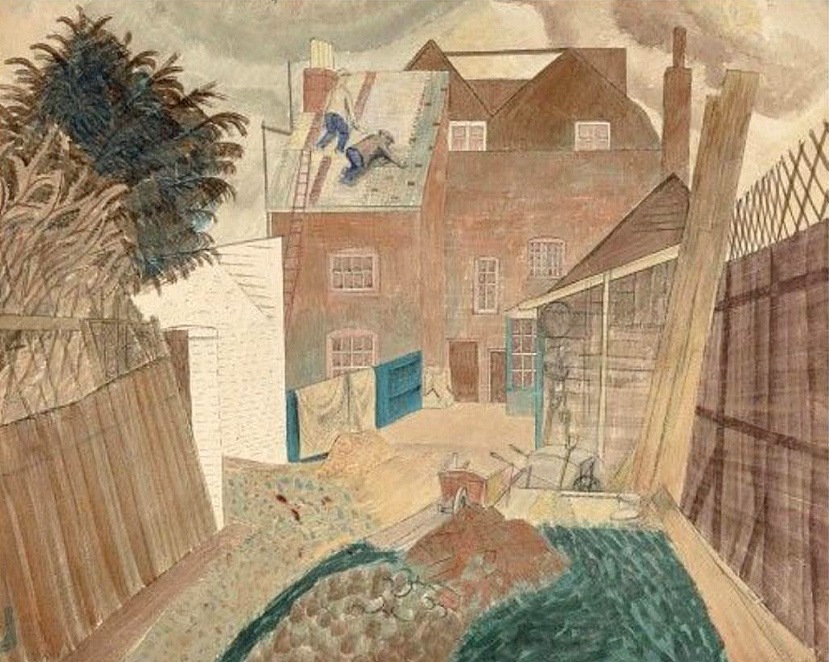
Edward Bawden – They dreamt not of a perishable home, who thus could build, 1932
The bizarre name for the painting was inspired by Mary Gwen Lloyd Thomas, one of Charlotte’s friends who edited poetry books, the quote is from Wordsworth:
They dreamt not of a perishable home who thus could build
Be mine, in hours of fear
Or grovelling thought, to seek a refuge here;
Or through the aisles of Westminster to roam;
Where bubbles burst, and folly’s dancing foam
Melts, if it cross the threshold
In the Garden is a little wooden trellised hut that the Raviliouses had given to the Bawden’s as a wedding present. You can see the foundations being installed in the picture above with wheelbarrows around and upturned earth (They dreamt not of a perishable home…).
It is my feeling that the picture below by Charles Mahoney was painted in 1932, likely just after the roof was completed. It is part of the collection of the Royal Academy and they date it as 1950s, likely because the missing trellis. Why do I think ’32? Well the same concrete foundations and wheelbarrows are where the trellis would later stand (the site of the buckets), and the waterbutt is to the left in Mahoney’s painting where as in the painting below it by Ravilious the waterbutt has been moved. Also the shed beside the trellis was lost in the war and replaced by one with a different roof axis. But mostly because it looks so much like the painting above.

Charles Mahoney – Barnyard (RA Say 1950’s I say 1932)
You can see the completed trellis in the picture by Ravilious below. Also the blue gates helped divide the part of the Bawden’s garden from Mrs Kinnear part of the house originally, it was also where she kept her dog. Later on as motorcars became popular the gates would divide the house from the driveway.

Eric Ravilious – The Garden Path, 1933
The brougham cart in the picture below was a purchase by Charlotte Bawden who bought it mostly because she thought the wheels were so valuable. Tom Ives (the farmer from Ives Farm at the end of their Garden) was selling it, and for some years it was kept under the trellis.
On the top of the trellis building is a wooden carved soldier made by Eric Townsend, the arms moved in the wind to scare birds on the farms.
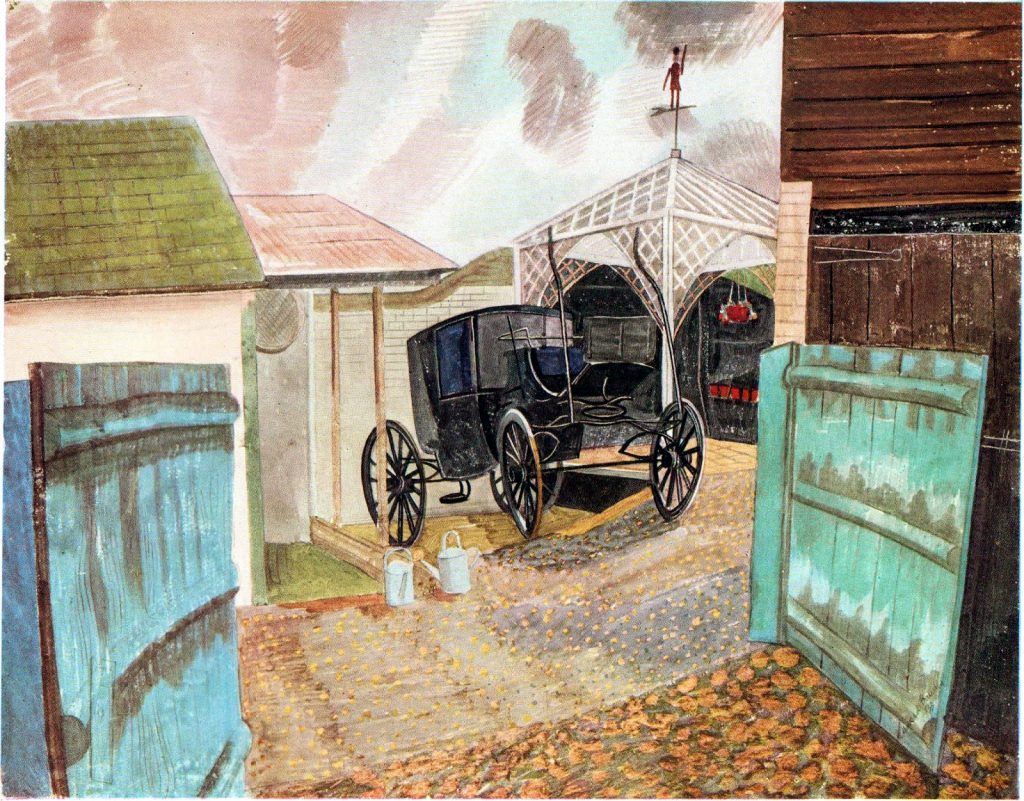
Edward Bawden, My heart, untravel’d, fondly turns to thee (aka Derelict Cab), 1933
The picture below is of a Snowstorm by Bawden, he has scratched the paper to give the effect of snow blowing on the wind in all directions as it falls. The view is from the window in his Studio that looked almost right down the drain pipe. The carriage likely sold or scrapped by that point.
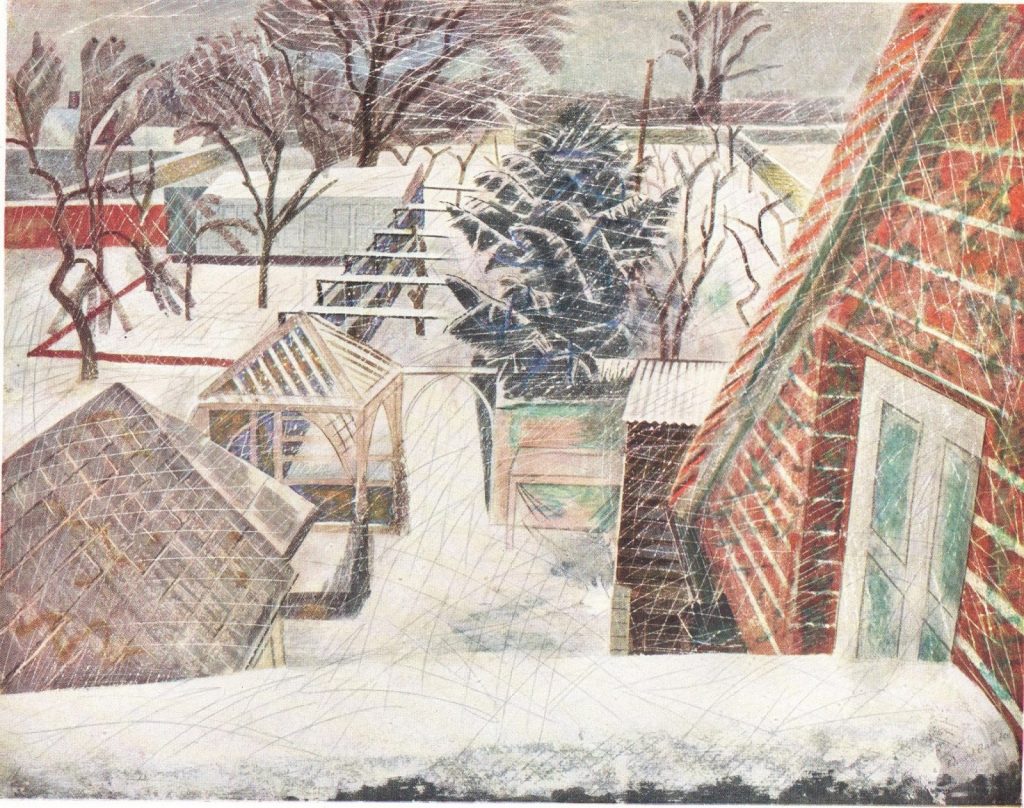
Edward Bawden, February 2pm, 1936
In 1937 the Country Life Cookbook had wood engravings inside, designed by Eric Ravilious and it featured a small wood engraving of the Brick House garden and the trellis again. By this time the Raviliouses had moved to Castle Hedingham, about six miles east of Great Bardfield.
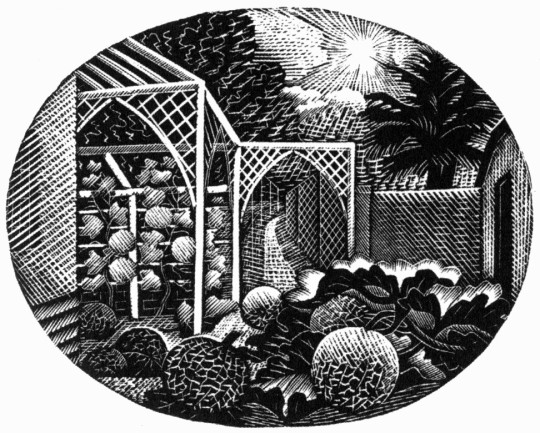
Eric Ravilious – August, Wood-engraving for the Country Life Cookery Book, 1937
Below is a painting by another visitor to Brick House, Geoffrey Hamilton Rhoades. He is mentioned in Anne Ullman’s edited Tirzah Garwood biography Long Live Great Bardfield. This painting has a guessed age of c1940s, I would again say it is likely mid-to-late 1930s as the toy soldier is still on top of the trellis. The other amazing and totally unrelated detail about this painting is it was bought by Pixie O’Shaughnessy-Lorant in 1987. What an amazing name!
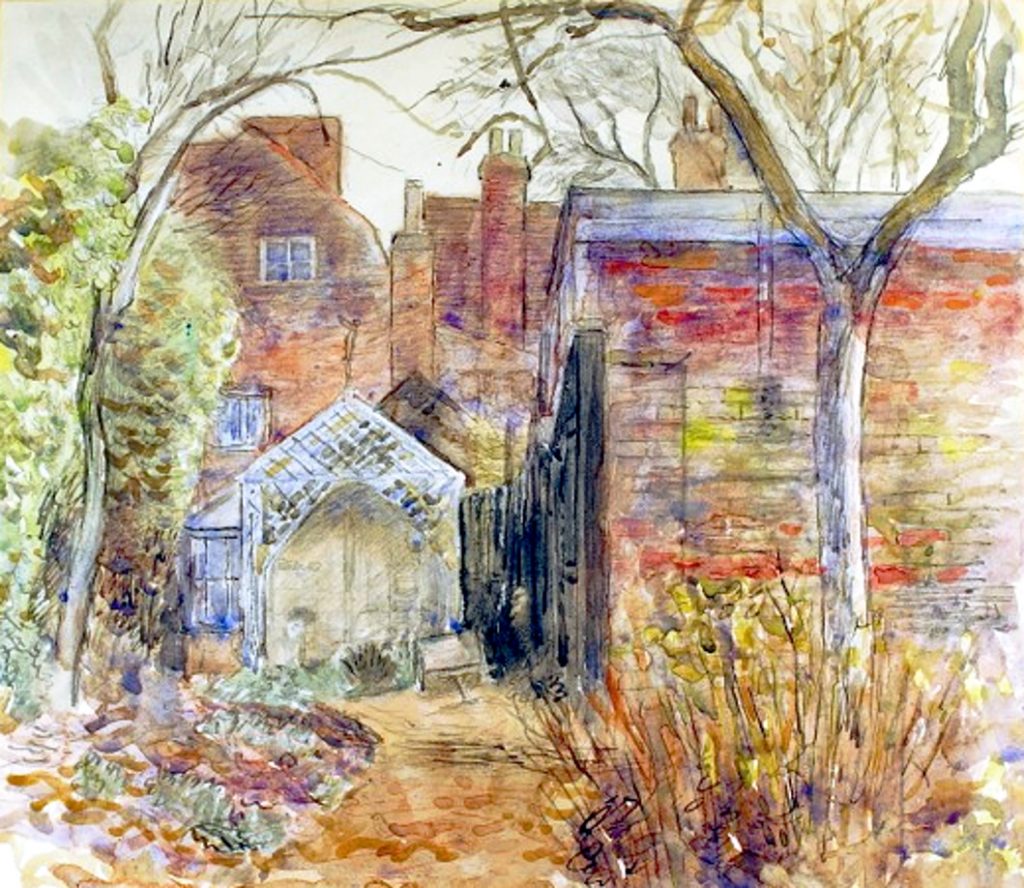
Geoffrey Hamilton Rhoades – Brick House, Great Bardfield, likely about 1935
During the Second World War Edward was touring the world painting as an official War Artist, Charlotte was in Cheltenham teaching and potting at Winchcombe, and their two children Richard and Joanna were at private schools in the Cotswolds. As the Brick House was empty it was used, and abused by the Home Guard and local officials as a headquarters. The house was the only building in Great Bardfield to suffer bomb damage. Many villages in the East of England were bombed, not as planned targets, but mostly from German bombers trying to dispel leftover bombs after failed bombing raids on airfields, factories or docks. The bombs being so heavy would use up more their the aircraft’s fuel and make it harder to fly back to their Nazi bases over the German Ocean.
After the War, John Aldridge painted the builders repairing Brick House. It was likely that the trellised building Eric and Tirzah gave to the Bawden’s was blown up at the same time. Eric, also an official war artist was also lost in the Second World War, in an aircraft off the coast of Iceland.
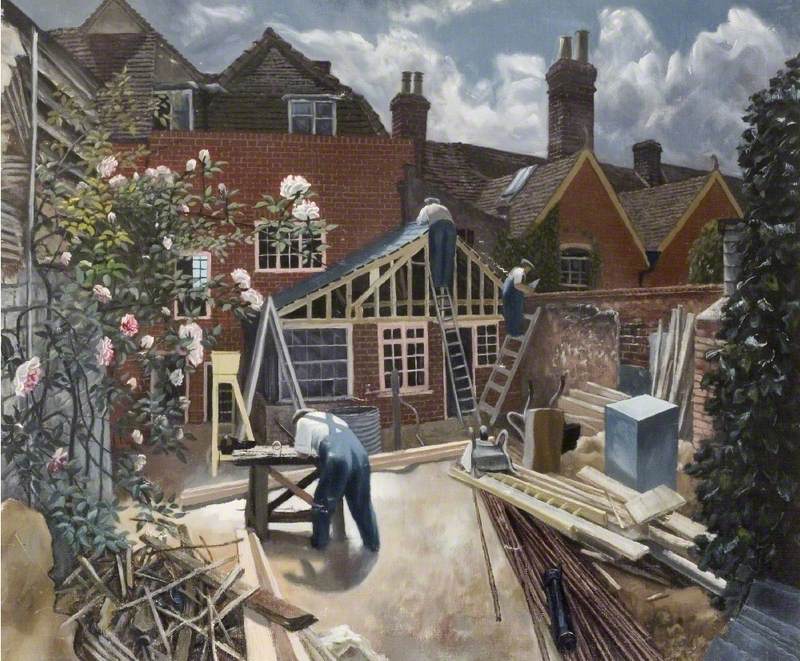
John Aldridge – Builders at Work, Brick House, Great Bardfield, 1946
John Aldridge had moved to Great Bardfield with Lucie Brown (nee Saunders) and the couple lived in sin until in 1940 John married her when he signed up to join the war effort.
The last painting of Brick House is this snow scene by Edward in 1955. Richard and Joanna are on a sledge and the roofs are covered with snow as is the ground making the red bricks bolder in colour.

Edward Bawden – Brick House, Great Bardfield, 1955
